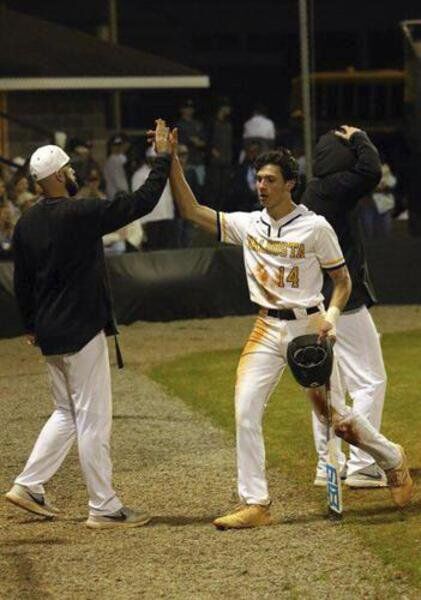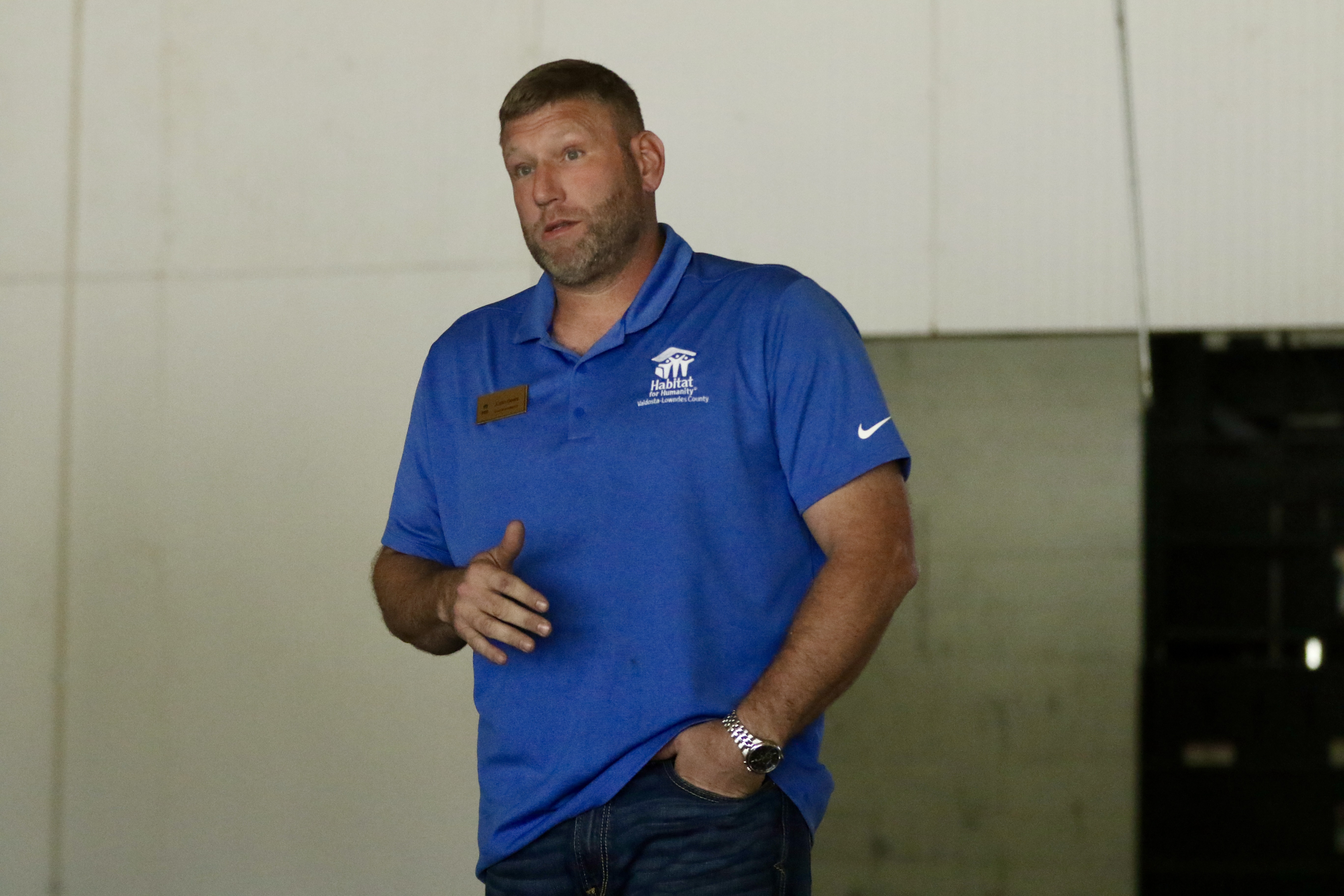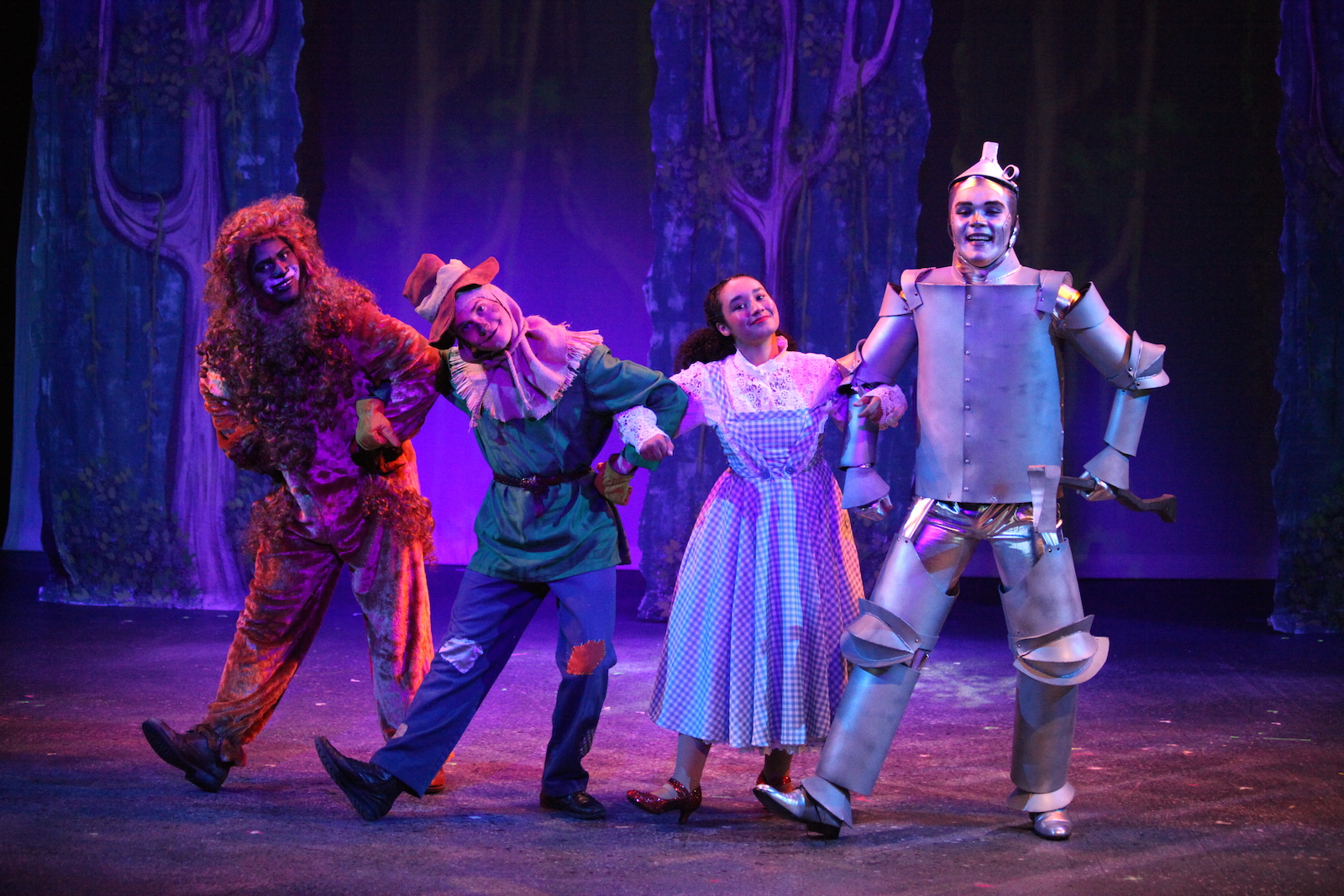Primary Flight Training gears up at Moody AFB
Published 8:26 pm Monday, December 5, 2005
MOODY AIR FORCE — It’s been almost 40 years, but primary flight training has returned to Moody Air Force. The first class of 15 student pilots, 13 Air Force and two Navy, began their first day of training on Tuesday.
All the student pilots have received their civilian pilot’s license, with up to 40 hours aviation time, but they will have to wait an additional four weeks before they experience the thrill of flying the T-6A Texan II aircraft used during the PFT.
The first phase of training lasting four weeks centers on academics, with everything the students need to know on physiology, aerodynamics and aircraft systems. There will be different blocks of training during this phase, said Maj. Tony Wurmstein, aerospace physiology flight commander, 479th Flying Training Group.
The first one and a half weeks will consist of eight-hour days on physiology with a majority of training in the classroom. Friday morning, the students left the classroom and learned about the T-6 parachute that is used if a pilot has to eject from the aircraft.
“The parachute is self-contained in the head rest of the seat,” said Master Sgt. Greg Williams, aerospace physiology instructor, 479th FTG. The seat is designed to activate the parachute with no ground level and no speed. The pilot could sit on the runway and eject safely.
Friday afternoon, the students had classes on parachute descent landings. During this training, they were placed in a gravel pit jumping from platforms and using a landing device simulating lateral landings. This device is used at the Army Airborne School at Fort Benning, Ga.
These training techniques teach the correct landing procedures using five points of the body: balls of the feet, calves, thighs, buttocks and the upper part of the body known as the pushup muscle.
This introduction to parachute descent landing training is the first step in egress training. Egress is how to get in and out of the aircraft. Sounds simple enough, until you learn more.
Egress training is broken down into two different areas. There is emergency ground egress and emergency air egress. “Now they are learning about ejection seat training,” Wurmstein said.
Saturday, the students were given an opportunity to use the training they learned during the parachute descent landing training. During the morning, they had parasail training, where they were pulled by a vehicle by a 450 line up to an altitude of about 200 feet. They are then released to descend to the ground. The parachute used is the same type they will use if they have to eject during an emergency situation. Proper parachute landing falls have to be used, because the average descent speed is about 22 feet per second.
Next week, the students will receive training on the MH-15 ejector seat trainer. This trainer is affectionately called the “boom box.” This device is a pilot training seat mounted on a slanted rail. When activated by the person in the seat, it gives the person the sensation of how it feels to be ejected from an aircraft. “Students are carefully monitored to ensure their safety,” Wurmstein said.
The No. 1 reason for failures in the ejection seat is a late decision to eject,” Wurmstein said. “The boom bucket and parasail remove all doubt for the students to know what it’s like. It removes the fear of the unknown from them.”
The emergency ground egress training requires students to exit the aircraft while on the ground. It requires the pilot to follow procedures before he or she exits the aircraft.
An example is, if an aircraft caught fire on the runway or the deck of an aircraft carrier. The desired time to exit for the students is 15-20 seconds. Wurmstein said he wants his students to exit in no more than 15 seconds. However, he stressed that exiting correctly is more important than speed.
Other blocks of training will teach the students about the stress of flight on the human body, including complications from hypoxia and spatial disorder.
Spatial disorder concerns flying in the clouds and flying at night. This
training helps the students identify up from down. During night flying there can be confusion with ground lights and stars. Learning to fly at night is an important part of training, because most military missions will take place in darkness, as witnessed during air strikes in Afghanistan.
This is only a glimpse of what awaits these future pilots in the Air Force and Navy. The training is diverse, and so is the equipment they will use. This not only includes the aircraft but the individual equipment such as oxygen mask and anti-G suit. The anti-G suit prevents blood from rushing to the lower extremities of the body when the pilot reaches extreme gravitational force.
The suit has air bladders located on the abdomen and each leg. The bladders fill with air, forcing blood back to the head and preventing pilots from losing consciousness.
Pilots also learn abut anti-G straining maneuvers. These maneuvers require pilots to tense their muscles as hard as they can and push the blood into the head. “Flying fighters is an athletic event,” Wurmstein said.
Another block of training the students will receive is in survival. If the pilot has to eject, there are signaling devices and radios that can be used to contact combat search and rescue units.
There’s also training called cockpit resource management. Wurmstein referred to this portion as the “human factor training” or “how to use resources at your disposal to fly safely.” These resources include air traffic control agencies, other aircraft, crew coordination, situational awareness and task managing. “Task managing is what I do first,” Wurmstein said.
Two students attending the course and attached to the 479th Training Support Squadron are 2nd Lt. Russ Grimes and Navy Ensign Kyle Jason. Grimes graduated from the U.S. Air Force Academy, and Jason graduated from the U.S. Naval Academy.
Jason said the T-6 aircraft and the facilities at Moody have been topnotch, and the training was an excellent opportunity for all the class.
Grimes said the program has top instructors. “They are motivated to teach us,” he said. This motivation has spread to the students and has them excited.
Both students said the course takes advantage of technology. “The class is 75 percent computer-based,” Jason said.
Grimes is impressed with the T-6 aircraft. “The plane has a better ejection seat system,” he said. “There is also the 270 degree visibility in the cockpit. The T-6 pulls more Gs and handles a lot more acceleration.”
More awaits these young pilots. The senior ranking officer in the course is only a first lieutenant while the remainder are second lieutenants or Navy ensigns. Students will go through three different types of flight simulators. After the initial academic phase of four weeks, the 14 men and one woman will advance to the second phase of training, flying the T-6A Texan II. The training days will increase from 10-12 hours until the students depart from Moody about six months later. They will travel to other bases to receiving training in either fighters, transport aircraft or helicopters.
The next PFT class is scheduled to begin training in about six weeks, and once the PFT course gets on ramp, new classes will begin about every three weeks.
The students that began training this week have a long way to go. They will be in training for about a year before receiving either their silver Air Force or Navy gold pilot wings.
For Wurmstein, the wait has been longer. He has been at Moody for a year preparing for this week, and prior to that, he was at Randolph AFB, Texas, for two years.
“You could say I’ve been working for this day for three years,” he said.
To contact reporter Rip Prine, please call 244-3400, ext. 237.





